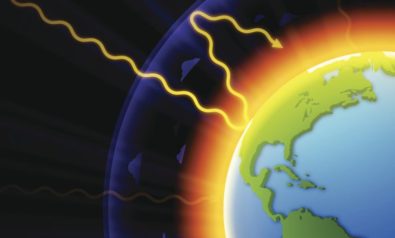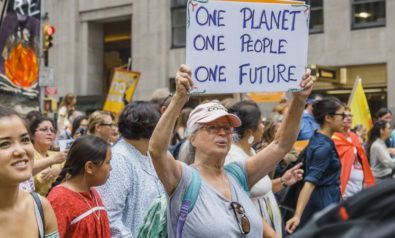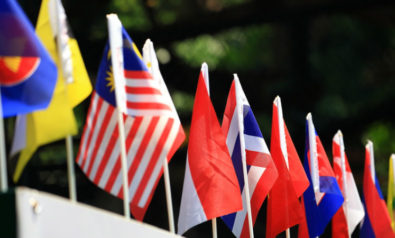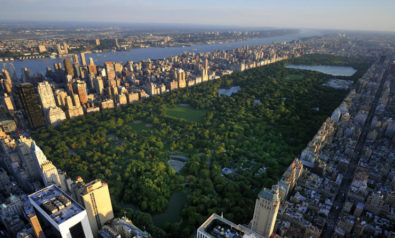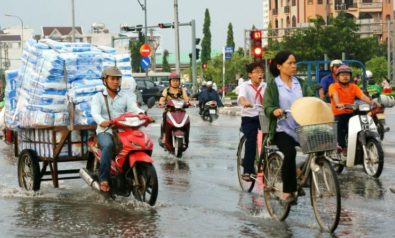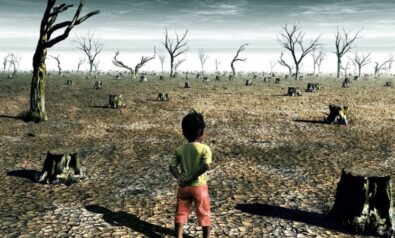Loss of greenery and depleting biodiversity are leading to an increased pollution problem in cities.
The word “jungle” is no longer associated with trees and animals. Cities have taken over the term, and we now have the oxymoron called “concrete jungles.”
According to the United Nations Environment Programme (UNEP), cities occupy just 2% of the Earth’s surface but their inhabitants use 75% of the planet’s natural resources. Metropolitan cities in developing countries are particularly becoming concretized, and nearby forests are cut down to accommodate land for agriculture and infrastructure.
The loss of greenery and the depleting biodiversity are leading to an increased pollution problem in cities.
Spreading the Word About Urban Biodiversity
A research study by Stockholm Resilience has suggests that “Production and consumption activities heavily concentrated in cities have contributed to some 80 percent of all greenhouse gas emissions; yet innovative solutions to combating climate change will also come from cities. With rich biodiversity, cities have enormous potential to mitigate climate change.”
The Humboldt Institute for Research has been working on urban biodiversity in Colombia for some time now. It defines urban biodiversity as “all those forms of life and landscapes that live with us and suit our conditions within the city. All types of nature, including the constructed nature are a direct source of wellbeing. Biodiversity is not only present in territories with low human intervention. In urban environments, there is a built nature which also houses a source of biodiversity and human welfare.”
To understand the issue of urban biodiversity, the Urban Biodiversity and Ecosystem Services (URBES) is seeking to address scientific knowledge gaps on the contribution of urban biodiversity and ecosystem services to human wellbeing, with an aim to support European cities to adapt to climate change and reduce their ecological footprints. Similar projects can be undertaken in other parts of the world assessing the existing gaps to provide future solutions, based on research.
As the research identifies the infrastructural incapability of the city with a diminishing biodiversity, the next step would be to look for sustainable solutions that exploit the existing infrastructural capacity in a sustainable way.
“The innovation lies not so much in developing new infrastructural technologies but to work with what we already have,” says Thomas Elmqvist, scientific editor of the assessment by Stockholm Resilience. “The results are often far cheaper and more sustainable as well.”
A study conducted in Paris in 2012 suggested that it is important to connect locals with their cities if they are to be made aware of the conservation of green spaces. The study states: “[T]o improve the efficiency of nature-related activities aiming at increasing individual awareness. First, being local appears to be a key factor for involving people. Second, the activities should aim to give local residents a central role through activities combining elements such as science, personal observations, games, and emotions. Finally, we suggest that to increase the efficiency of conservation education, it is important to develop long-lasting programs that integrate observations and interaction with nature as closely as possible into people’s daily lives.”
Lastly, conserving wildlife plays an important role in the context of urban biodiversity. Matt Palmer, from the Department of Ecology, Evolution and Environmental Biology at Columbia University, writes: “City dwellers with limited exposure to wild nature don’t know what to expect from urban wildlife, so they are more open to cultural narratives and information from others in shaping their reactions.”
Palmer suggests that we can bring back urban wildlife by natural recovery, carefully designed landscapes, or even purposeful introduction and take an active part in storytelling that includes wildlife so these beings are not forgotten.
These are just some of the ways in which citizens can play a positive role in preserving and enhancing the urban biodiversity of their cities.
The views expressed in this article are the author’s own and do not necessarily reflect Fair Observer’s editorial policy.
Photo Credit: Pabkov / Shutterstock.com
 We bring you perspectives from around the world. Help us to inform and educate. Your donation is tax-deductible. Join over 400 people to become a donor or you could choose to be a sponsor.
We bring you perspectives from around the world. Help us to inform and educate. Your donation is tax-deductible. Join over 400 people to become a donor or you could choose to be a sponsor.
Support Fair Observer
We rely on your support for our independence, diversity and quality.
For more than 10 years, Fair Observer has been free, fair and independent. No billionaire owns us, no advertisers control us. We are a reader-supported nonprofit. Unlike many other publications, we keep our content free for readers regardless of where they live or whether they can afford to pay. We have no paywalls and no ads.
In the post-truth era of fake news, echo chambers and filter bubbles, we publish a plurality of perspectives from around the world. Anyone can publish with us, but everyone goes through a rigorous editorial process. So, you get fact-checked, well-reasoned content instead of noise.
We publish 2,500+ voices from 90+ countries. We also conduct education and training programs
on subjects ranging from digital media and journalism to writing and critical thinking. This
doesn’t come cheap. Servers, editors, trainers and web developers cost
money.
Please consider supporting us on a regular basis as a recurring donor or a
sustaining member.
Will you support FO’s journalism?
We rely on your support for our independence, diversity and quality.



